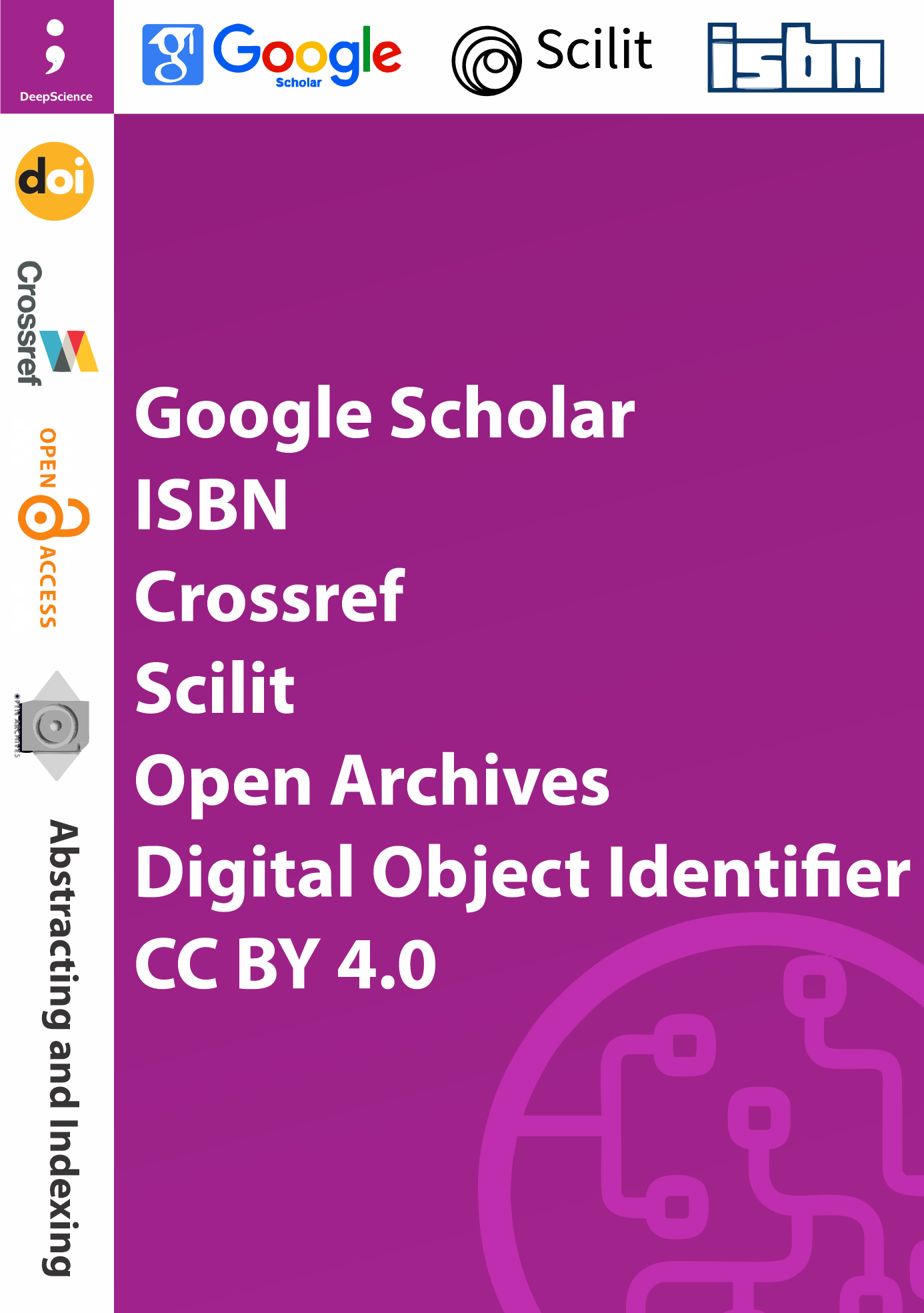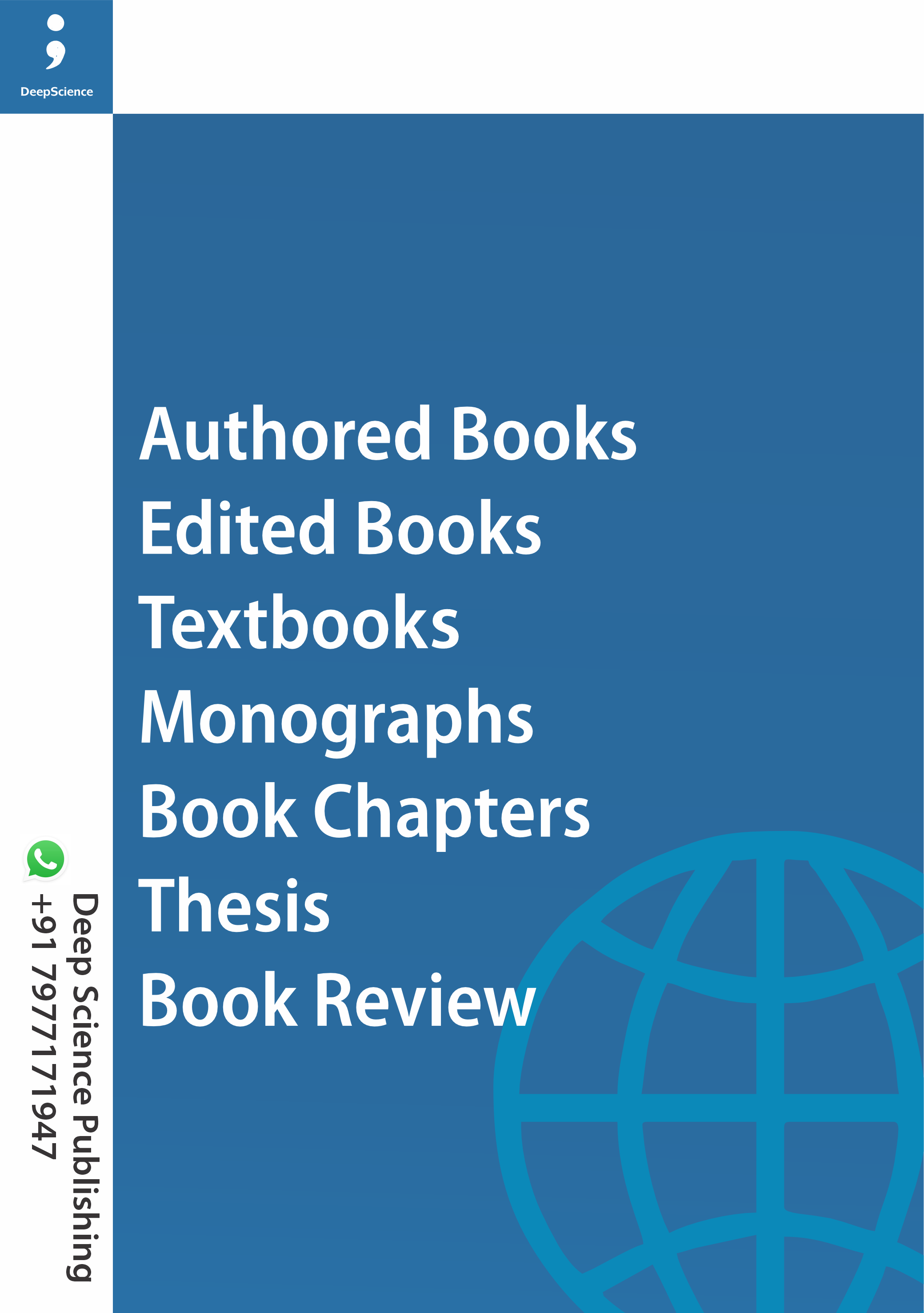Subtitle Translation and Humor Rendering in Chinese Comedy Films
Keywords:
Subtitle Translation, Humor Translation, Comedy Films, Audiovisual Translation, Cross-Cultural Communication, Dialect Humor, Machine TranslationSynopsis
With the deepening of globalization, Chinese comedy films have gradually become an important medium of cultural communication, and the cross-cultural transmission of humorous elements relies on subtitle translation. This book is inspired and motivated by Gideon Toury (2012) and his Descriptive Translation Studies towards the humor elements, together with the translation of film subtitles in a Chinese context. There are four films that served as the data for detailed analysis, including Goodbye Mr. Looser, Hello, Mrs. Money and Too Cool To Kill. In the process, the authors examine the correlation between the internal and external characteristics of humor translation. It is noticed that these features are also limited by language, cultural, and multimodal gaps. Confused by the manipulation of substituting and rewriting the humor in source and target subtitles, the translators thus need to focus more on the connotation, while its decline should be noticed in cultural meanings. In summary, the study employs DTS to find a more dynamic and mixed-mode approach to analyze the existing dilemma in subtitle translation: the ways to balance equivalence and functionality. The authors hope this book will pave the way for broadening the theoretical understanding of humor translation in film subtitles, especially between Chinese and English. Furthermore, scholars who are interested in cultural adaptation and multimodal analysis may find the approaches useful or relevant in their own research.
References
Alhussein A. Target-cultural ‘facts’–Do they really exist?: A critical assessment of Toury’s Descriptive Translation Studies. 2020.
Alimova I. Approaches to humor translation in audiovisual translation. News of the NUUz. 2024;1(1.1):39–41.
Asscher O. The explanatory power of descriptive translation studies in the machine translation era. Perspectives. 2024;32(2):261–77.
Assis Rosa A. Descriptive translation studies. In: Handbook of Translation Studies. Vol. 1. John Benjamins Publishing Company; 2012. p. 94–104.
Assis Rosa A. Descriptive translation studies of audiovisual translation: 21st-century issues, challenges and opportunities. Target. 2016;28(2):192–205.
Attardo S. Humorous texts: A semantic and pragmatic analysis. Vol. 6. Walter de Gruyter; 2010.
Azim R, Handoyo RP, Yulianita NG. Subtitling strategies and acceptability of humour in “Modern Family” season 6 (2014). J-Lalite: Journal of English Studies. 2023;4(2):120–35.
Bernardinello L. The challenge of translating humour and cultural references in audiovisual translation: Strategies in the film back to the future. 2020.
Cao Y, Liu L. Research on English-Chinese subtitle translation strategies based on the perspective of translation communication studies—take the subtitle translation of soul as an example. Studies in Social Science & Humanities. 2022;1(4):36–42.
Chen Y, Wang W. Translating English humor into Chinese subtitles: a semiotic perspective. Perspectives. 2022;30(3):454–70.














